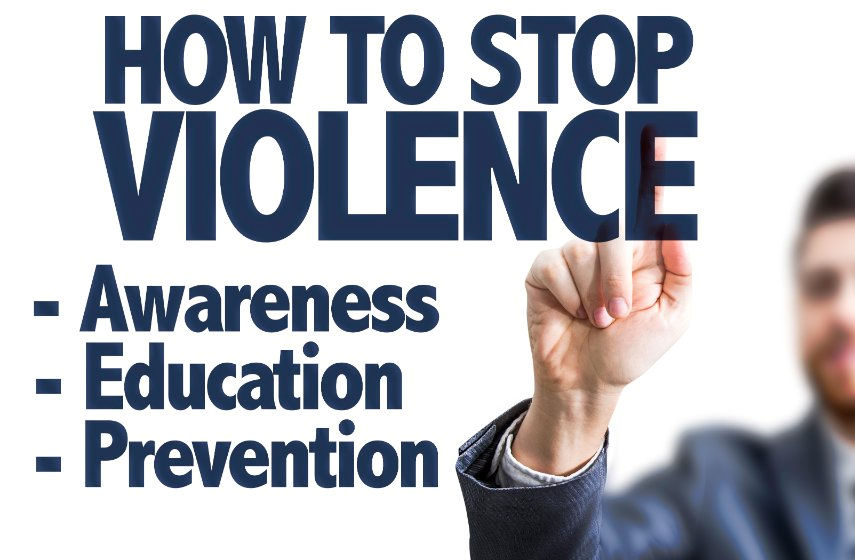Develop a Violence Prevention Plan (VPP)
After completing the initial workplace assessment for risk factors and developing a written policy, the next step is to develop a comprehensive written Violence Prevention Plan to carry out the policy.

One major component of any workplace violence prevention plan is, of course, prevention. This module will focus on important subjects which should be included in the plan:
- identifying warning signs of violence
- control measures to reduce the probability or prevent violence
An employer may choose to create a separate workplace violence prevention plan or incorporate this information into other company documents. This may include the company's accident prevention plan or an employee handbook.
Workplace Violence Warning Signs
One of the common types of workplace violence is that among co-workers. In addition, a high percentage of violent incidents are perpetrated by individuals from outside the workplace. This includes situations such as domestic violence, bomb threats, and violence by customers.
While they are often preventable, it is still difficult to determine whether or not any particular workplace situation is potentially violent. This is an emotional and complex topic, and decisions about what to do in certain situations are not always straightforward or made in a clearheaded state of mind. In many cases, employees ignore warning signs because they believe they are not important, "that's just the way Joe is," or that it is none of their business. In other situations, employees react based on fear and what they believe is the profile of a potentially violent person, not necessarily observed actual behavior. Another major hindrance is not knowing where to go to get help in making determinations regarding real and potential risks.
Actual threats should always be taken seriously and responded to immediately. When there is not an actual threat, judgment and senses should be trusted. The "gut feeling" that one gets when talking to people should be respected. If one feels that someone is dangerous, take the proper precautions.
Knowledge Check Choose the best answer for the question.
3-1. If you have a "gut feeling" that someone is dangerous, what should you do about it?
You forgot to answer the question!
